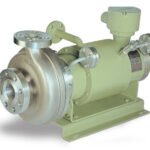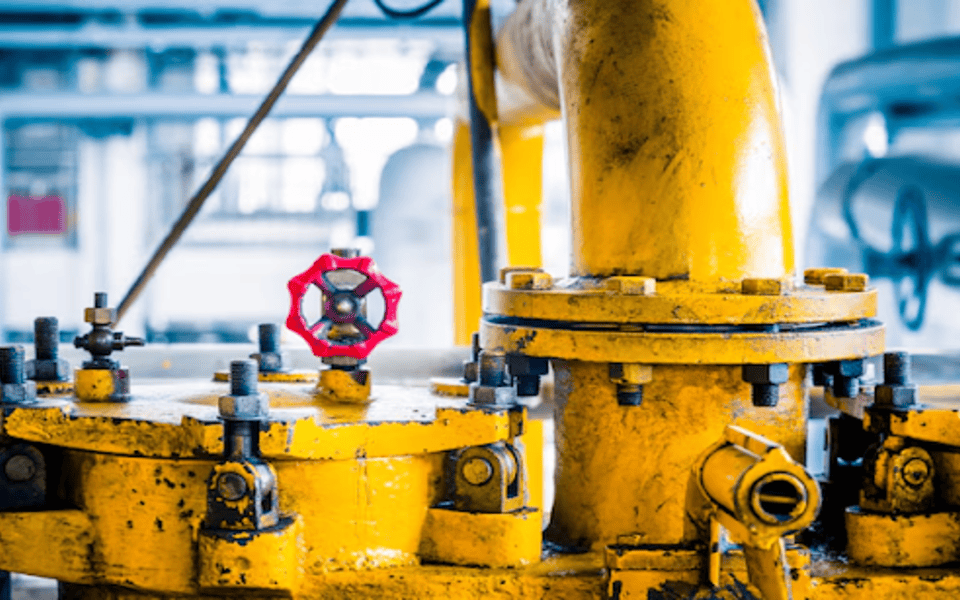
How High Temperature Pumps Are Powering Green and Sustainable Manufacturing
June 13, 2025
API 685 Canned Motor Pumps: Leak-Free Pumping for the Future
June 26, 2025This blog explains how high temperature pumps play a key role in improving energy efficiency in thermal systems. It covers how these pumps work, why they are ideal for high-heat applications, and how they help reduce energy consumption in industrial setups.
In industries where heat plays a major role like power generation, chemical processing, oil & gas, and food manufacturing thermal systems are at the heart of operations. A critical component of these systems is the High Temperature Pump, designed to handle liquids at elevated temperatures while maintaining safety, performance, and efficiency.
But how exactly do high temperature pumps improve energy efficiency? Let’s understand.
What is a High Temperature Pump?
A high temperature pump is a specially designed pump that can handle fluids at very high temperatures, often beyond 150°C and up to 400°C or more. These pumps are engineered with materials and insulation that can resist thermal stress and ensure long-term performance without leakage or breakdown.
1. Reduces Heat Loss During Transfer
In a thermal system, transferring hot fluids from one point to another often results in energy loss due to heat dissipation. High temperature pumps minimize this loss by maintaining tight seals and using thermally-resistant materials, ensuring that maximum heat remains in the system.
2. Maintains Consistent Flow for Better Efficiency
Fluctuating flow rates can cause temperature imbalance and higher energy usage. High temperature pumps offer consistent and stable flow rates even under extreme conditions. This helps in maintaining optimum temperatures across the system, reducing the need for reheating and saving energy.
3. Ideal for Sealless Designs (Canned Motor Pumps)
Most high temperature pumps, especially canned motor pumps, are sealless, meaning there are no mechanical seals that can wear out or leak. This not only makes them safer for hazardous fluids but also eliminates energy loss through friction or leakage, improving overall system efficiency.
4. Low Maintenance, Longer Life
Since high temperature pumps are built to handle thermal stress, they require less frequent maintenance. This reduces system downtime and ensures that the energy consumed is consistently used for productive output rather than maintenance-related losses.
5. Enhanced Process Control
Using a high temperature pump enables better control over the heating process, which reduces energy waste. Industries that use heat exchangers, boilers, or reactors benefit greatly from the accurate flow and pressure control these pumps provide.
Conclusion
Investing in a reliable High Temperature Pump not only ensures safe operation in high-heat environments but also significantly boosts energy efficiency in thermal systems. Whether it’s a chemical plant or a power station, the right pump reduces energy costs, improves output, and lowers operational risks.
If you’re looking to upgrade your thermal system, consider integrating high temperature canned motor pumps for a smart, energy-efficient solution.



